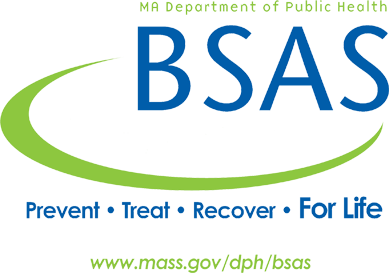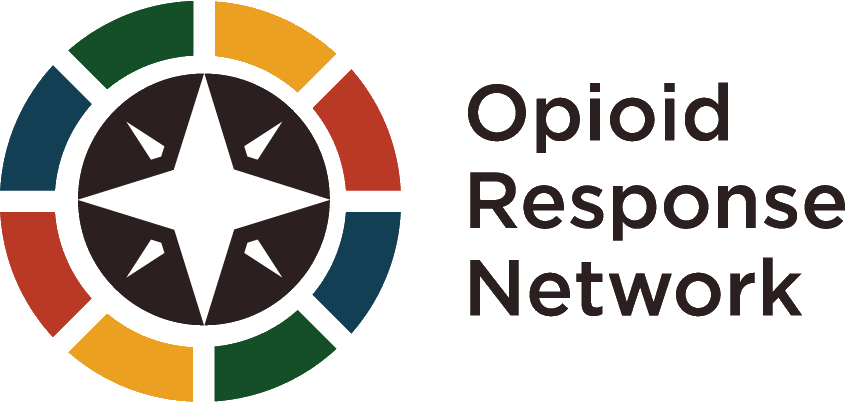The Harm Reduction Journal has published a study by researchers from Witten-Herdecke University and the University of Cambridge on self-perceptions of one’s fitness to drive following alcohol consumption. The study’s findings have revealed just how impaired one’s judgement may be upon making the call to drive after drinking, underestimating impairment even upon considerations of the maximum legal BrAC. The magnitude of the consequences that accompany such decisions have severely impacted rates of alcohol-related traffic incidents and their death rates.
In consideration for the upcoming holidays and New Year celebrations, responsible drinking and planning for transportation are essential!
To read Science Daily’s summary of the article click here.
To read the full scientific article in the Harm Reduction Journal click here.





